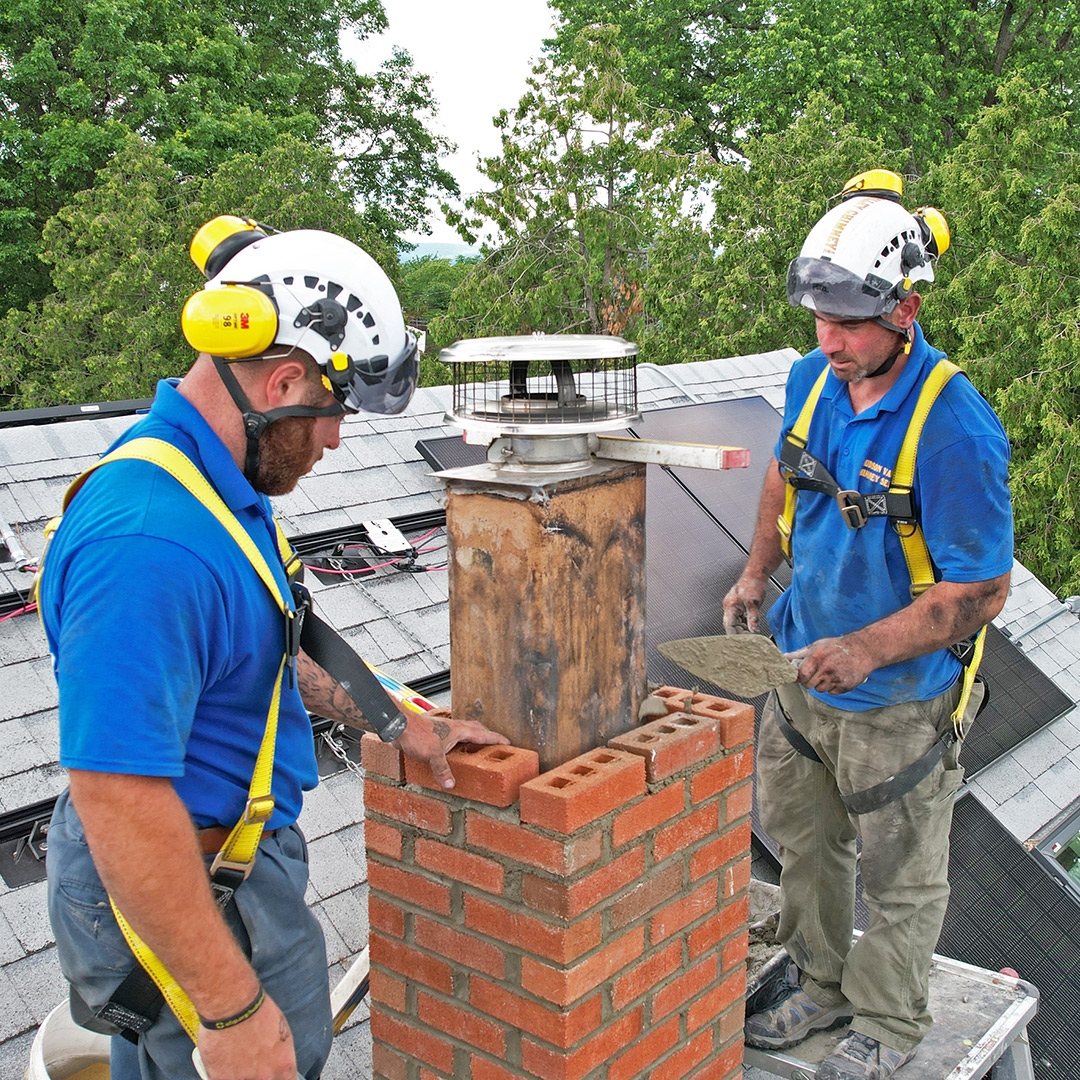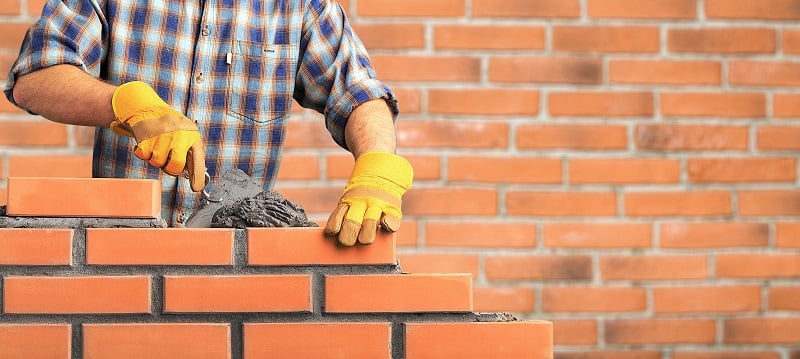Chimney Flashing and Cap Repair: Secure Your Home from Aspects
Opening the Keys of Sustainable Masonry Building Practices for Eco-Friendly Structures
In the world of modern-day building, the quest of lasting techniques has actually become critical. Among the myriad techniques to environmentally friendly structure, lasting stonework building and construction attracts attention as a time-tested and durable method that holds a riches of untapped capacity. From the selection of products to innovative construction methods, the secrets to achieving sustainability within stonework building are complex and interesting. By exploring the benefits, materials, techniques, and future fads of sustainable masonry, a deeper understanding of exactly how these practices can shape the future of environmentally friendly buildings emerges.
Benefits of Lasting Stonework Construction
Accepting lasting stonework construction methods not just decreases ecological influence but likewise supplies long-term economic benefits to builders and areas. By utilizing materials like recycled bricks, obstructs, and rocks, contractors can significantly reduce the carbon footprint of their jobs while promoting source efficiency. Additionally, sustainable masonry building methods, such as correct insulation and thermal mass homes, can improve power effectiveness within structures, causing lowered functional prices over time.
Furthermore, the sturdiness and durability of stonework structures add to long-term economic advantages. Structures created utilizing lasting stonework methods commonly need less upkeep and repair, translating to set you back financial savings for builders and residential property owners. The longevity of masonry products likewise guarantees that frameworks stay steady and secure, reducing the demand for regular restorations or replacements.
Eco-Friendly Stonework Products
Using green masonry materials is a pivotal action in the direction of improving the sustainability of building and construction practices and reducing environmental influence while taking full advantage of long-lasting financial advantages. Lasting masonry materials are sourced, produced, and used in a way that lowers total environmental effect. Lasting concrete obstructs include recycled accumulations and might include better insulation residential or commercial properties, adding to power performance in buildings.
Additionally, natural materials like adobe, rammed earth, and straw bales provide outstanding thermal mass properties, decreasing the need for heating and cooling power. These products are often locally readily available, advertising local economic climates and decreasing transportation-related carbon discharges. By picking environmentally friendly masonry products, building and construction tasks can substantially minimize their environmental footprint and add to the production of much healthier, a lot more sustainable built settings.
Energy-Efficient Stonework Strategies
Power effectiveness plays an important duty in improving the sustainability of stonework building techniques. One essential energy-efficient masonry strategy is the use of thermal mass, which includes including dense products like concrete or block into the structure's structure to take in and save heat.

Innovations in Sustainable Masonry
Recent advancements in sustainable stonework techniques have actually caused ingenious methods that are improving the building industry. One such advancement is the advancement of self-healing concrete, which uses bacteria installed within the concrete to recover fractures autonomously. This advancement not only reduces maintenance costs yet additionally improves the toughness of masonry structures, adding to their sustainability.
An additional significant development is making use of recycled aggregates in stonework building - masonry contractor. By integrating products such as smashed ceramic waste or recycled glass into concrete blends, home builders can decrease the ecological effect of construction tasks while preserving structural stability. This method not just diverts waste from landfills yet also preserves natural sources, making it an essential advancement in lasting masonry building and construction
Moreover, the integration of electronic style tools, such as Structure Information Modeling (BIM), is changing the method stonework structures are intended and constructed. BIM permits for even more Learn More Here accurate estimations, reduced product wastage, and enhanced power efficiency, inevitably resulting in even more sustainable building techniques. These advancements collectively signify a promising future for lasting masonry building and construction in the age of eco-friendly buildings.
Future Trends in Stonework Sustainability
With the innovative strides made in sustainable stonework methods, the future trends in masonry sustainability are positioned to further reinvent the construction industry. One of the crucial fads forming the future of masonry sustainability is the enhanced combination of modern technology. Developments such as Building Info Modeling (BIM) and online fact simulations are being made use of to optimize masonry building procedures, leading click to find out more to decreased material waste and enhanced energy effectiveness in structures.
Moreover, the growth of unique lasting products is established to play a substantial duty in boosting the eco-friendliness of masonry building. masonry contractor. Advancements like self-healing concrete, recycled accumulations, and bio-based binders are getting grip for their capability to lessen ecological effect while preserving structural integrity

Conclusion
In verdict, sustainable stonework building and construction practices use many advantages for environmentally friendly structures. masonry contractor. Developments in sustainable stonework are continuously being established to even more enhance the ecological efficiency of buildings.